This small city in northeastern South America has just over 240,000 people, but accounts for more than half of the population of the country of Suriname.
However, Paramaribo boasts many historical sites and natural attractions that are no less than other major cities in South America.
Surinamese Presidential Palace and Areca Garden.
Ancient city
The first place to visit in Suriname is the old town in the city center. This area has been recognized by UNESCO as a World Heritage Site since 2002 because of its invaluable architectural and historical treasures. Visitors here feel like they have traveled back in time to 19th century Europe.
This neighborhood was built for Dutch officials and officers who governed the colony of Suriname. However, the architects did not copy European architecture to South America but instead sought to harmoniously combine the typical Dutch architecture with local techniques, creating an old neighborhood with ancient, poetic wooden houses.
Not only that, they also brought many species of trees from other Dutch colonies such as the Sri Lankan banyan tree to plant here. The ancient trees cast their shadows on the deserted street, creating a peaceful yet incredibly charming scene.
Paramaribo is Suriname’s only seaport. The French, British, and Dutch fought over this colonial territory largely because of Paramaribo’s maritime value. It is no wonder that Paramaribo’s Fort Zeelandia is among the most famous forts in South America.
Today, only the brick walls and a few cannons remain; but many artifacts and historical documents have been collected and displayed at the Fortress Museum. Visitors have the opportunity to learn about the history of the battles with pirates on the Paramaribo coast, or about the sacrifices of democratic revolutionaries who were imprisoned and executed at Fort Zeelandia.
Surrounding Independence Square in the center of Paramaribo are important government buildings, the most famous of which is the Surinamese Presidential Palace, with its magnificent 18th-century Western European palace architecture. Behind the palace is the Royal Areca Palm Garden, where many tourists stop by to escape the summer heat and play with the capuchin monkeys.
Surinamese people love bird-keeping so much that they consider it a part of their culture. Every Sunday, bird owners bring their pet birds to the areca garden to hold “concerts”.
Enjoy life
Suriname is small in size and population but not “poor” in material or cultural terms. Take a look at their cuisine. In Paramaribo, visitors can easily find Chinese, Indian, Indonesian restaurants... next to each other. Each of their dishes is a blend of many ingredients and cooking methods from different cuisines.
For example, pomtajer, originally made from potatoes by the Dutch, was made from taro and shredded chicken in Suriname. Or the mixed rice dish moksi alesi is actually a “modified” version of the famous nasi goreng in Southeast Asia, consisting of rice cooked with coconut milk, black beans, dried shrimp and pork, which looks simple but is irresistibly delicious.
Paramaribo’s busiest eateries and restaurants are concentrated along the banks of the Suriname River in an area called Waterkant. This is the heart of the city’s bustling nightlife. Every evening, Waterkant comes alive. Children play, and adults sit and chat over a beer.
Visitors should spend an afternoon in Waterkant, sipping a pint of djogo (the famous local beer) with some salted cod, and admiring the Goslar shipwreck floating in the middle of the river.
When World War II broke out in 1939, the German ship Goslar called at Suriname for refuge. Germany invaded the Netherlands on May 10, 1945. The Dutch colonial government in Suriname decided to detain the crew of the Goslar and then scuttled the ship. Today, the wreck is a highlight of the Suriname River landscape.
Tourists looking for souvenirs should visit the Centrale Markt, east of Waterkant. The stalls here sell everything from local produce to imported goods.
There are also many delicious and affordable eateries in the market. Many male visitors to the Centrale Markt often buy bottles of 90% Mariënburg rum - one of the strongest rums in the world - as souvenirs. Female visitors often visit the Maagdenstraat, where many of the jewelers are hundreds of years old. The ancestors of the jewelers migrated here from Indonesia, and their descendants still maintain the family trade.
Adventure-seekers have plenty of options when visiting Paramaribo. Day trips include Galibi Beach, famous for its leatherback turtles that come to lay their eggs; Bigi Pan Nature Resort, which combines tourism with rice culture preservation; and, most famously, the Surinamese jungle tour. About three-quarters of Suriname is covered in rainforest.
It could take weeks to see all the sights and nature reserves in the jungle, not to mention the villages where visitors can explore and interact with some of the world’s most remote tribes.
Source: https://hanoimoi.vn/paramaribo-mot-goc-nam-my-697307.html


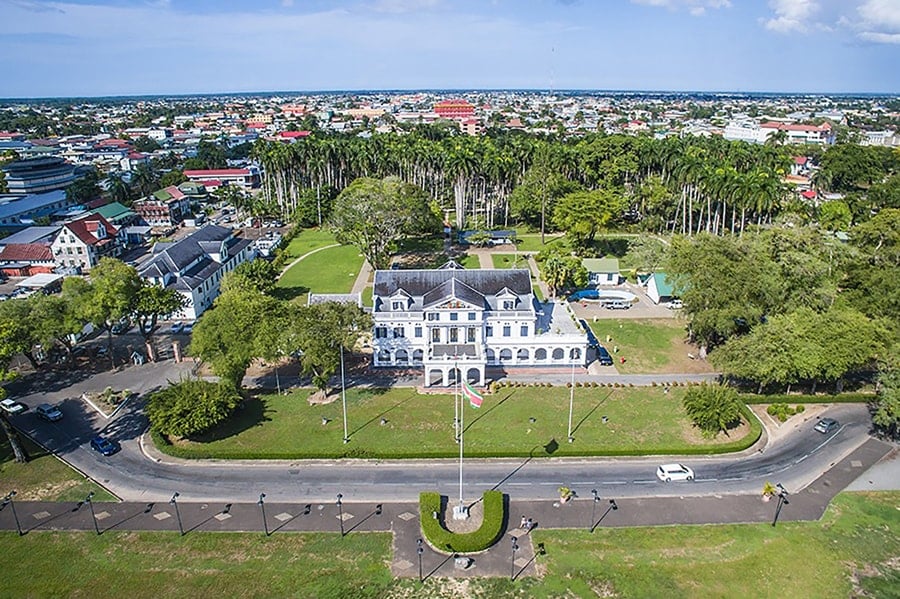
![[Photo] Flag-raising ceremony to celebrate the 50th anniversary of the Liberation of the South and National Reunification Day](https://vphoto.vietnam.vn/thumb/1200x675/vietnam/resource/IMAGE/2025/4/30/175646f225ff40b7ad24aa6c1517e378)


![[Photo] General Secretary To Lam presents the title "Hero of Labor" to the Party Committee, Government and People of Ho Chi Minh City](https://vphoto.vietnam.vn/thumb/1200x675/vietnam/resource/IMAGE/2025/4/30/08a5b9005f644bf993ceafe46583c092)
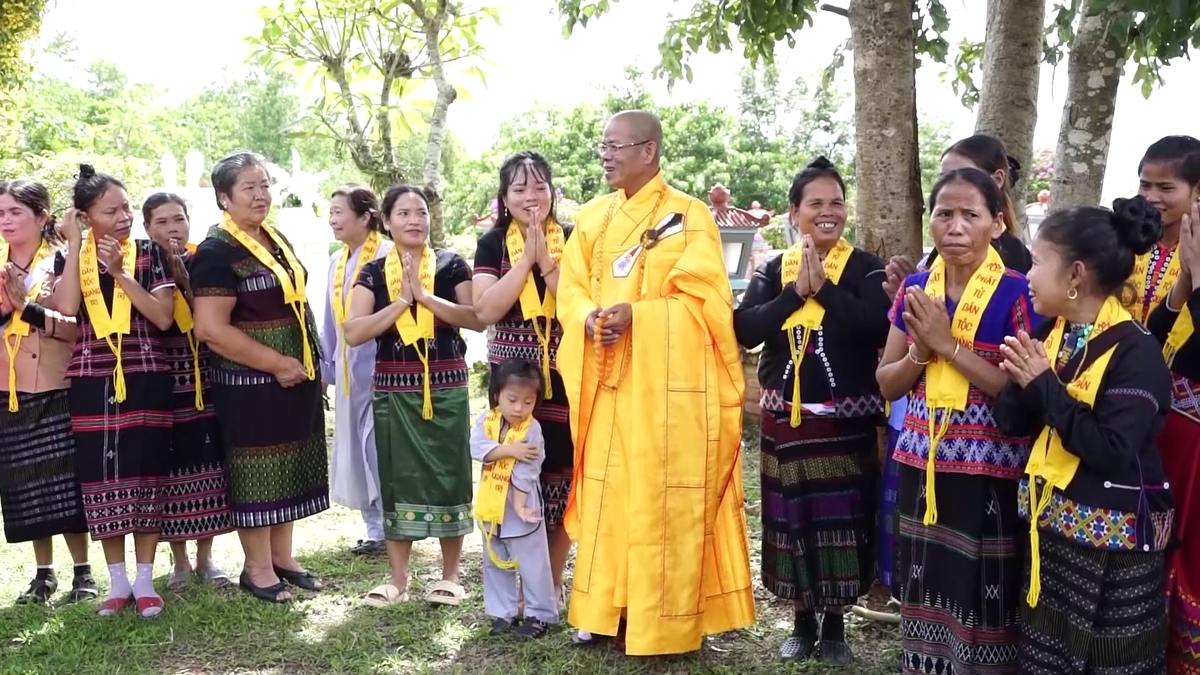





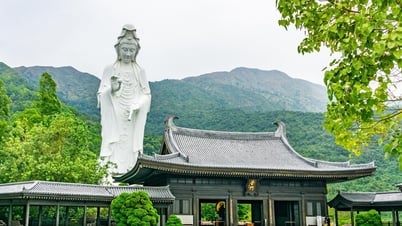

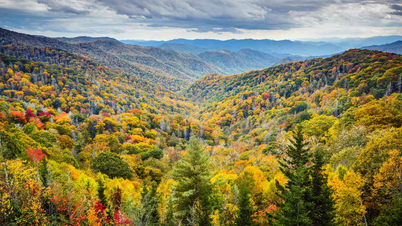
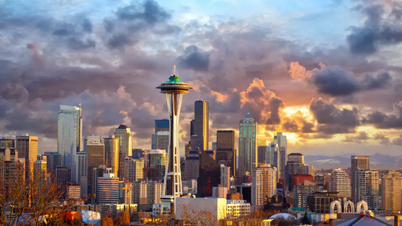
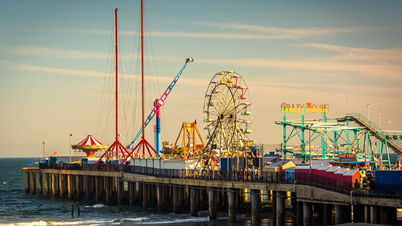
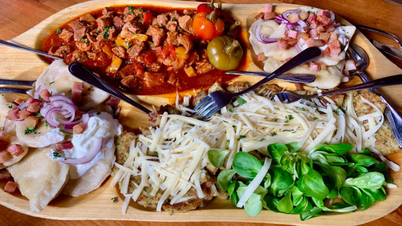








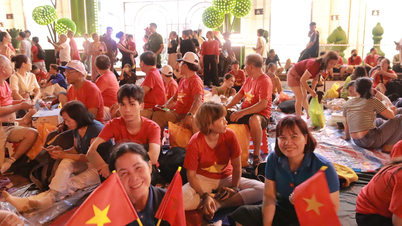


![[Photo] Demonstration aircraft and helicopters flying the Party flag and the national flag took off from Bien Hoa airport](https://vphoto.vietnam.vn/thumb/1200x675/vietnam/resource/IMAGE/2025/4/30/b3b28c18f9a7424f9e2b87b0ad581d05)












































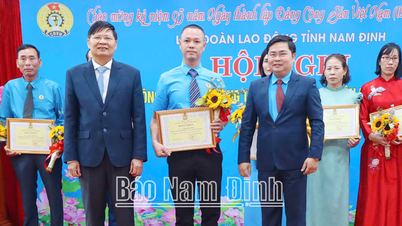

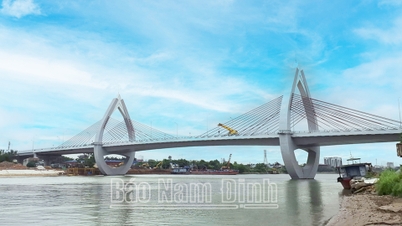


















Comment (0)